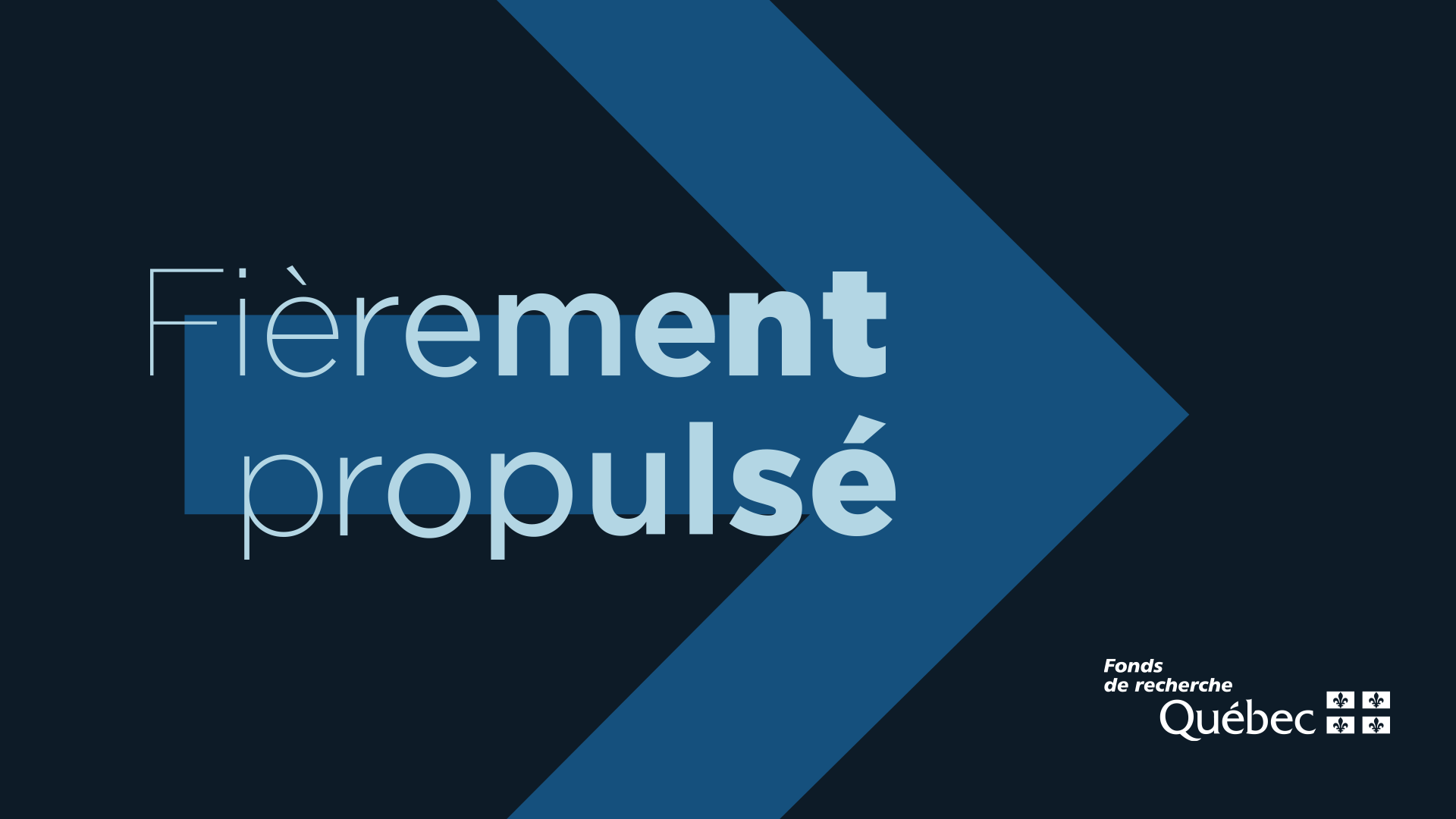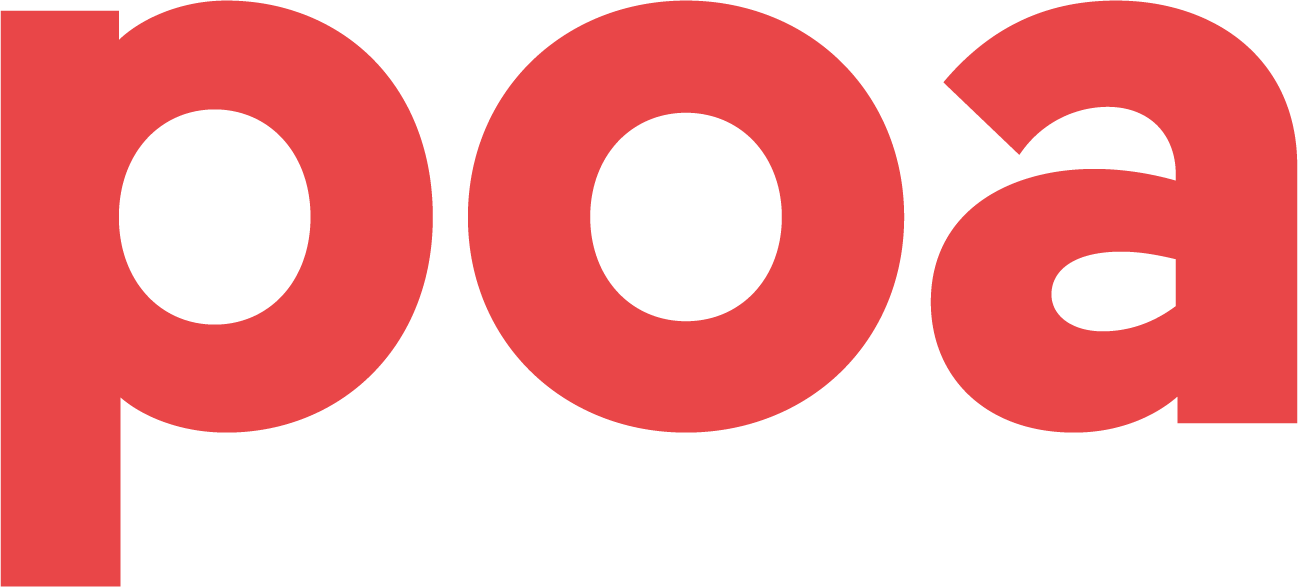Fairness: The Bedrock of Ombuds Practice in Canada
DOI:
https://doi.org/10.7202/1092956arKeywords:
ombuds, procedural fairness, administrative law, diversity, equityLanguage(s):
EnglishAbstract
Fairness and justice are longstanding constructs in the discussions around ethics and morality. And fairness, or the principle of procedural fairness, as the bedrock of Ombuds practice in Canada, creates a responsibility for Ombuds to advance and hold institutions and individuals accountable to ethical processes and decisions. While effective conflict engagement forms a significant part of our work as well, Canadian Ombuds practice is firmly founded on and delivered through a fairness lens. Fairness has been described as a flexible and context-specific construct, its content to be determined by the individual circumstances of the case. In this flexible approach lies the opportunity for Ombuds to help humanize bureaucracy for those who must navigate it, by encouraging rules, processes and decisions that support the diversity and multiplicity of contexts, experiences and perspectives. It gives Ombuds a way to define fairness that does not mean treating everyone the same, which is an interpretation of “fairness” that actually creates and perpetuates inequity and unfairness. This is supported by Canadian jurisprudence from the Supreme Court of Canada that embeds equality and inclusivity into the concept of fairness. The Charter of Rights and Freedoms, Canadian values and the diversity of the Canadian populace inform the standard of fairness in a way that support Ombuds to advance fairness in a way that is inextricable from equity.
Downloads
Published
How to Cite
Issue
Section
License
Copyright (c) 2022 Shirley R. Nakata

This work is licensed under a Creative Commons Attribution 4.0 International License.
The Canadian Journal of Bioethics applies the Creative Commons Attribution 4.0 International License to all its publications. Authors therefore retain copyright of their publication, e.g., they can reuse their publication, link to it on their home page or institutional website, deposit a PDF in a public repository. However, the authors allow anyone to download, reuse, reprint, distribute, and/or copy their publication, so long as the original authors and source are cited.

















_smaller.png)

